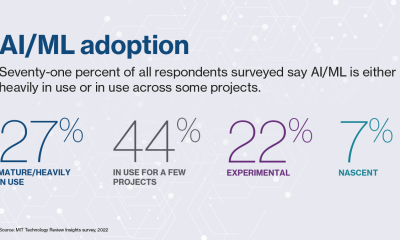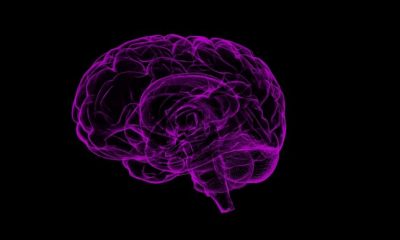A baby girl, born with a rare genetic disorder, who could not even lift her head, and had seizure-like episodes, became the recipient of the first brain-delivered gene therapy. Now, 4 years old, Rylae-Ann Poulin is thriving.
Rylae-Ann was diagnosed with AADC deficiency, a disorder that disrupts communication in the nervous system. Her disease was due to mutations in a single gene that was important for an enzyme that helps make neurotransmitters like dopamine and serotonin.
From the start, Rylae-Ann, who lived in Bangkok with her family, was not like the other babies. When she was a year old, she could not crawl or babble like her peers. The situation was so grave that even lifting her head was impossible for her. Her parents had to hold her upright at night, just so that she could breathe comfortably and sleep, Associated Press reported.
When the girl was around 3 months old, she started having seizure-like spells — her eyes would roll back and her muscles would tense. Moreover, there were times when fluid got into her lungs after feedings, making visits to the emergency room necessary. Clueless, the doctors believed that she might have epilepsy or cerebral palsy.
The answer came from Wei’s brother, who had shared with her a Facebook post about a child in Taiwan with AADC deficiency.
Interestingly, this rare disorder afflicts about 135 children around the world, many of them in Taiwan. Wei, who was born in Taiwan, and her husband, Richard Poulin III, learned their child could be enrolled in a gene therapy clinical trial in Taiwan.
Rylae-Ann had the doctors deliver gene therapy directly to her brain — a new way of delivering gene therapy to combat diseases within the brain.
On November 13, 2019, when Rylae-Ann was 18 months old, she underwent the minimally invasive surgery — a thin tube through an opening in the skull. A virus vector delivered a normal version of the mutated gene. Her parents call it her “reborn day.”
Now, Rylae-Ann is walking, running, swimming, reading, and riding horses — “just doing so many amazing things that doctors once said were impossible,” her mother, Judy Wei, said, as per ABC News.
When Rylae-Ann’s father picks her up from pre-school, “she runs to me … just gives me a hug and says, ‘I love you, Daddy.’” he said. “It’s like it’s a normal day, and that’s all we ever wanted as parents.”
Approved in Europe and the United Kingdom for AADC deficiency, her treatment became the first brain-delivered gene therapy. Now, PTC Therapeutics, a New Jersey drugmaker, is planning to seek U.S. approval this year.
The success story of Rylae-Ann will open doors to fighting brain-related diseases.
“There’s a lot of exciting times ahead of us,” Dr. Krystof Bankiewicz, a neurosurgeon from Ohio State University, said, according to the outlet. “We’re seeing some breakthroughs.”
















